Even before one considers the complete Oriel Systems range of hardware and software products, it’s clear that the company – with its manufacturing, research and development facilities in South West England, in addition to two further sites in Manchester and North London – is well-placed to cater for the complete range of telemetry needs.
If there is just one Oriel Systems product that makes this especially evident, it is surely its highly rated low power outstation. Although the firm also specialises in intelligent outstations and video outstations, its low power outstation is in great demand among clients that appreciate its functionality for small solar panel and/or mini-windmill power.
Reliable, confident readings are ensured by an outstation that can generate its own 24 volt supply for ultrasonic sensors – or any other analogue sensor – thanks to the unit having its own internal charge pump. This outstation’s communication is usually over the radio or GSM/GPRS modem to the AWAX master station, with a repeater station generally unnecessary.
Power is also conserved by the Oriel Systems’ low power outstation, with all non-essential devices being turned off and the outstation sleeping until the next time a measurement is required. Despite power consumption of the outstation while asleep being below 1uA, even in this state, it remains capable of recording rainfall data.
The considerable flexibility of the unit’s I/O allows for the incorporation of any desired number of analog and/or digital inputs, while an RS232 or RS485 communications link enables the unit to talk to devices. When communication with the master station is required, all of the unit’s stored values are uploaded from its memory.
This low power outstation is just one of several outstation communication options offered by Oriel Systems for maximum remote monitoring and control functionality. For unlicensed frequencies, one may opt for Low Power Radio Outstation 10mW-750mW complying with MPT1329, subsequently replaced by the ETSI Standard EN 300 220.
A fine communication option for licensed frequencies, meanwhile, is Low Power Radio Outstation 100mW-5Watt, which complied with MPT 1411, since replaced by the ETSI Standard EN 300 220, EN 300 113, MPT1411.
By getting in touch with Oriel Systems’ receptive technical team, clients with an interest in realising the full potential of the low power outstation can have an initial discussion on how it can form part of the ideal wider telemetry system for their needs.

 01249 705070
01249 705070
